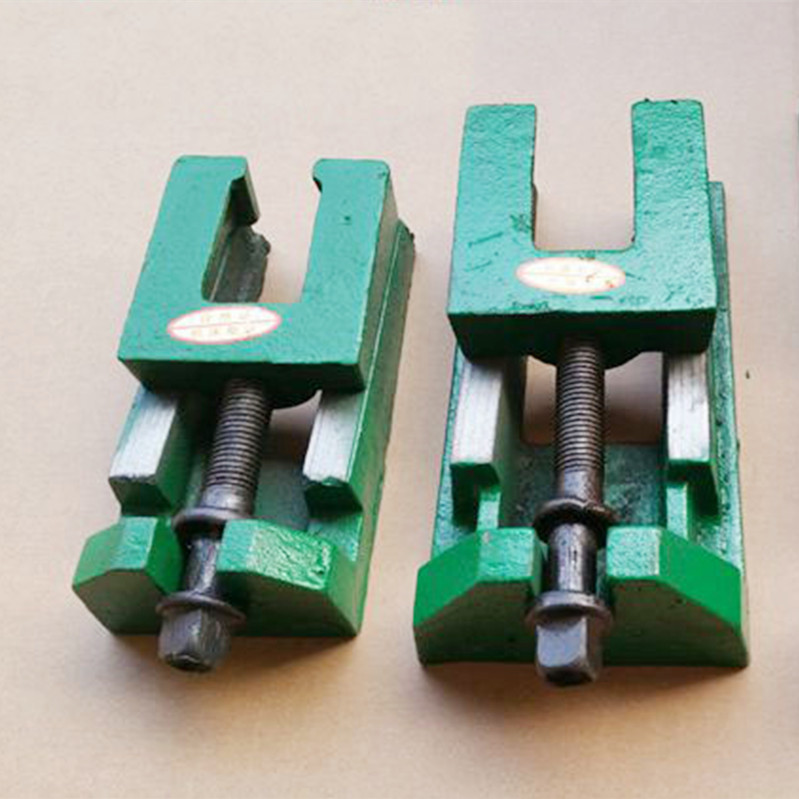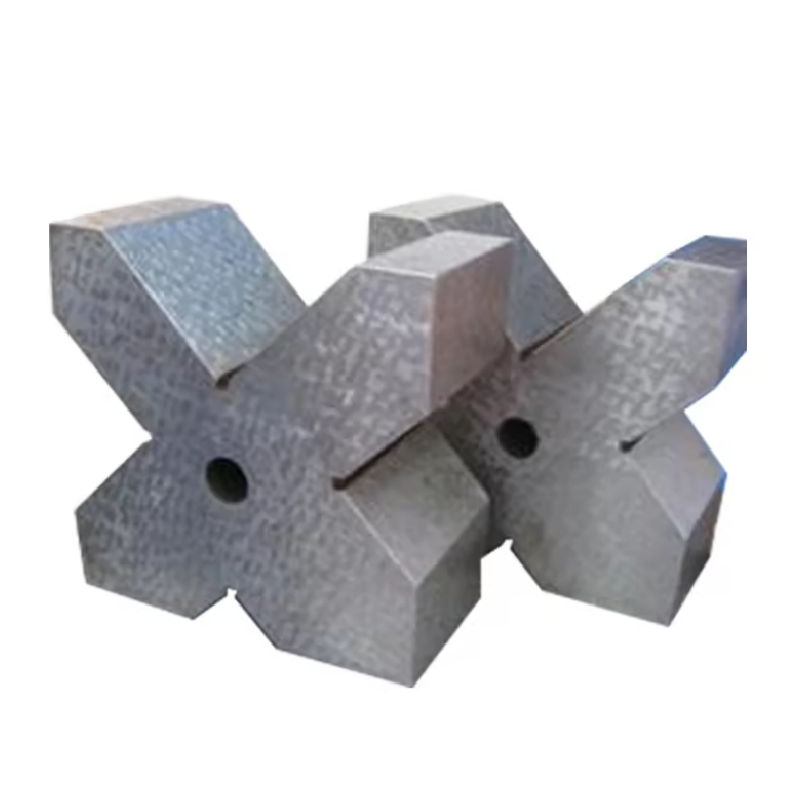Jan . 09, 2025 11:17 Back to list
Types of Water Shut Off Valves Expert Guide
When considering home plumbing systems, water shut-off valves are pivotal components that ensure safety and functionality. Various types of these valves serve different purposes, and understanding their distinctions can significantly impact their installation and utility.
For applications where space is constrained, angle valves provide an efficient solution. These valves change the direction of the flow by 90 degrees, offering a compact solution without sacrificing functionality. Often found under sinks and behind toilets, angle valves allow for localized shut-off, making maintenance tasks more manageable. Their design reduces the need for additional fittings, simplifying the plumbing layout and minimizing potential leak points. Compression valves, commonly found in older homes, use a compression mechanism to halt water flow. While not as enduring as ball valves, their ease of replacement and compatibility with various pipe types make them a convenient choice for household plumbing tasks. These valves, when used appropriately, provide an effective seal, though they may require regular maintenance to ensure optimal performance over time, especially in regions with hard water. Quarter-turn valves, as their name suggests, only require a 90-degree turn to open or close, offering rapid response times in urgent situations. These valves are increasingly popular in residential settings due to their ease of use and longevity. The absence of complex internal mechanisms reduces wear and tear, allowing them to retain functionality for extended periods. Selecting the appropriate shut-off valve involves considering factors such as installation environment, required flow control precision, and ease of access. Understanding the materials and mechanisms used in these valves enhances their application in various water management tasks, whether for domestic installations or commercial operations. Investing in high-quality valves from reputable manufacturers will ensure your plumbing system's efficiency and reliability, reinforcing trust in the essential safeguards they provide.


For applications where space is constrained, angle valves provide an efficient solution. These valves change the direction of the flow by 90 degrees, offering a compact solution without sacrificing functionality. Often found under sinks and behind toilets, angle valves allow for localized shut-off, making maintenance tasks more manageable. Their design reduces the need for additional fittings, simplifying the plumbing layout and minimizing potential leak points. Compression valves, commonly found in older homes, use a compression mechanism to halt water flow. While not as enduring as ball valves, their ease of replacement and compatibility with various pipe types make them a convenient choice for household plumbing tasks. These valves, when used appropriately, provide an effective seal, though they may require regular maintenance to ensure optimal performance over time, especially in regions with hard water. Quarter-turn valves, as their name suggests, only require a 90-degree turn to open or close, offering rapid response times in urgent situations. These valves are increasingly popular in residential settings due to their ease of use and longevity. The absence of complex internal mechanisms reduces wear and tear, allowing them to retain functionality for extended periods. Selecting the appropriate shut-off valve involves considering factors such as installation environment, required flow control precision, and ease of access. Understanding the materials and mechanisms used in these valves enhances their application in various water management tasks, whether for domestic installations or commercial operations. Investing in high-quality valves from reputable manufacturers will ensure your plumbing system's efficiency and reliability, reinforcing trust in the essential safeguards they provide.
Latest news
-
Why Metric Trapezoidal Thread is Ideal for Precision Motion ControlNewsAug.05,2025
-
The Unique Properties of a Block of Granite for Industrial UseNewsAug.05,2025
-
The Role of Flanged Y Strainers in Preventing Pipeline ClogsNewsAug.05,2025
-
The Importance of Regular Calibration for Master Ring GagesNewsAug.05,2025
-
How a Cast Iron Surface Table Enhances Accuracy in ManufacturingNewsAug.05,2025
-
Comparing Different Check Valve Types for Optimal Flow ControlNewsAug.05,2025
Related PRODUCTS









